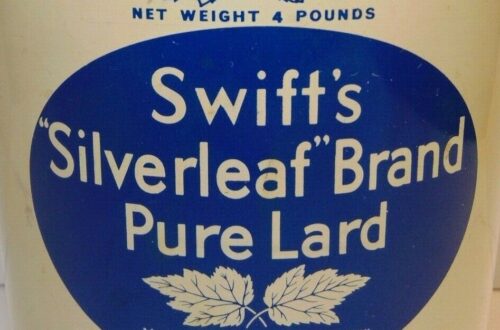Supporting Local Farms

New England has a surprising number of small and medium-sized farms scattered throughout the region. Unlike the government subsidized socialized factory farms that dominate in America’s farm belt, the comparatively small, often family-run farms in New England are much more accessible to consumers, presenting us with a variety of ways to get our weekly fix of fresh, local produce. Now that summer has arrived, it’s a perfect time to take advantage of everything that local agriculture has to offer.
Farm Stands
It’s almost impossible not to encounter a farm stand on any leisurely drive in New England. While many farm stands ship in produce from far away during the months that fall outside of local harvests, once the locally grown stuff hits the shelves there’s no longer any comparison with the well-traveled commercial crap sold year-around in various supermarkets. If you’re not sure whether those tomatoes are going to be heavenly, full-flavored local tomatoes picked at the height of ripeness or whether they’ll just be another cardboard flavored sorry excuse for a tomato that was shipped in from who-knows-where, just ask. Most of the time the help will be honest with you. Like everything else in life, farm stands vary widely in quality. Shop around until you find one you can trust.
Farmers Markets
In addition to the roadside farm stands that dot New England’s country roads, many towns and cities host weekly farmers markets. One of the best ways to put together a list of farmers market that are local to you is through this search tool at the U.S. Department of Agriculture website. One of the great advantages of shopping at a farmers market is the opportunity to compare, at a single location, the produce being sold by multiple vendors. The availability of goods from local artisans and crafts people is an added bonus at most farmers markets.
Community Supported Agriculture
In its purest form, Community Supported Agriculture (CSA) is a way for farmers to minimize risk. At the beginning of each season the farmer sells shares of his crops directly to consumers, who benefit by receiving weekly shares of produce directly from the farmer. CSAs are a growing phenomenon and a popular alternative to shopping for produce at the supermarket. Again, the USDA has a search tool for locating farms that offer this service which is located here.
For the last two years, my family has been participating in a sort of hybrid of the Community Supported Agriculture model, where we can order our produce online in the middle of the week and then pick up our produce up on Friday. We order from New Field Farm, which is located in Temple, New Hampshire. We have been extremely happy with this arrangement. Unlike a traditional CSA farm, each week we can choose exactly what we want from the items available, and then pick them, either from the farm in Temple or from a somewhat more convenient location in Peterborough.
A Word About Beef and Other Meats
Today most cattle are raised on large feedlots in the midwest where they are primarily fed corn, a grain that they have trouble digesting. To keep the steers from becoming sick from this diet they are dosed regularly with antibiotics. Once slaughtered, the beef is butchered down to its primal cuts, sealed in a plastic, cryovac bag, and shipped in boxes to supermarkets and butcher shops around the country. Fortunately for us, many of the New England farms who raise cattle will sell their beef (usually frozen) at their farm stands, or at farmers markets, or directly to consumers via their CSA program. Taking advantage of this is a wonderful way for the omnivores among us to step away from factory-farmed beef. In New England, so far as I know, there are only two slaughterhouses with USDA inspectors present: Blood Farm in Groton, Massachusetts, and Lemay’s in Goffstown, New Hampshire. If you are buying local USDA inspected beef directly from a farmer it was, in all probability, butchered at one of these two locations. Now this is important: The farmer pays for the USDA inspection. This is required if the meat is going to be resold. If the farmer chooses to not have his beef (or pork, or lamb) USDA inspected, that’s fine, but it will be wrapped and marked “Not for Resale.” Think long and hard before you consider purchasing meat that has not been USDA inspected. I’ve done it–I purchased some bacon from a farm stand in Groton, Massachusetts that was butchered at nearby Blood Farm and was clearly marked “Not for Resale”–but I wouldn’t recommend it.
Summary
Farm stands, farmers markets, community supported agriculture–these are your keys to having a more direct relationship with the food you consume. Choosing to take this step is a life-changing experience–you’ll be glad you made the choice!



